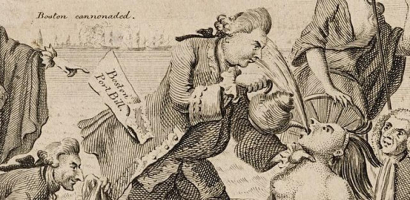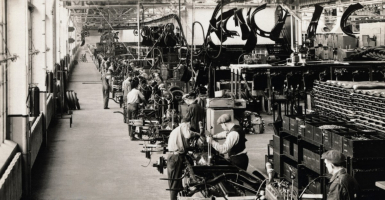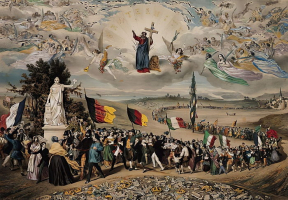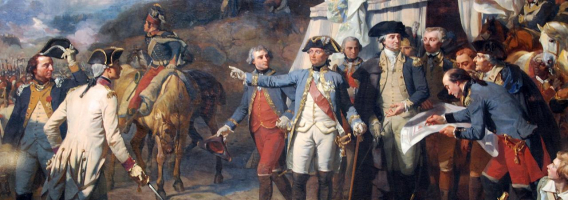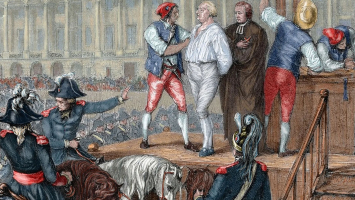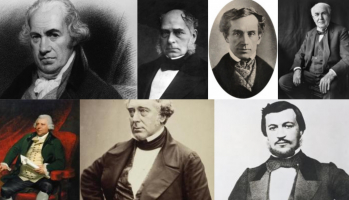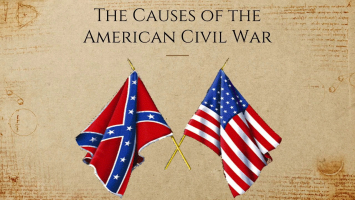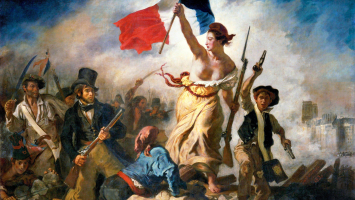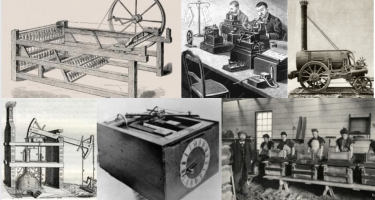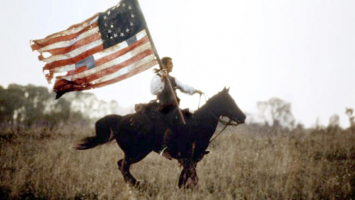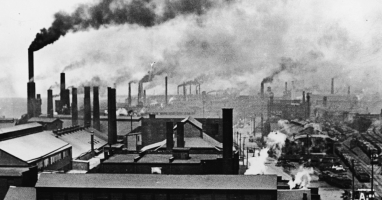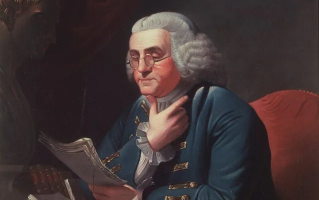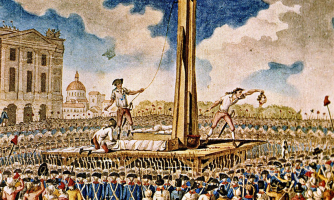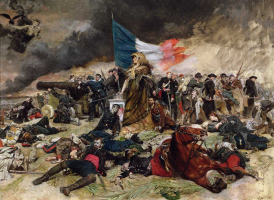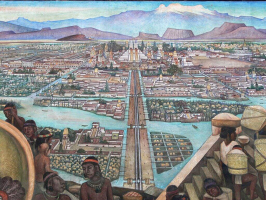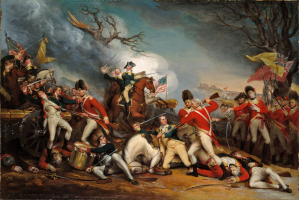Top 10 Major Causes of the French Revolution
One of the most important and well-known events in world history is the French Revolution. It lasted from 1789 to 1799 and culminated in the collapse of the ... read more...French monarchy, among other things. The Revolution was brought about for a variety of reasons. If you're curious, now let's follow Toplist to discover the major causes of the French Revolution.
-
France had a population of roughly 24 million and 700 thousand people in the 1780s, and it was divided into three estates. The Roman Catholic clergy, which numbered around 100,000, formed the First Estate. The Second Estate was made up of roughly 400,000 members of the French nobility. Everyone else in France, including merchants, lawyers, laborers, and peasants, was a member of the Third Estate, which accounted for roughly 98 percent of the population.
Following the failure of parlements to pass reforms, Louis XVI was convinced to convene the Estates-General, which had not been met since 1614. The cashier de tolerances, a list of grievances compiled by each estate, was handed to the king. The event devolved into a deadlock, with the First and Second Estates voting repeatedly to block the Third Estate out of a selfish desire to maintain their status, unwilling to see the necessity to work together to achieve reform.
The vast differences amongst the estates were one of the major causes of the French Revolution. The Third Estate was kept out of positions of honor and political authority, and the other estates looked down on it. As a result, it was enraged and despised its status in French society. As a result, they banded together to start the French Revolution in 1789.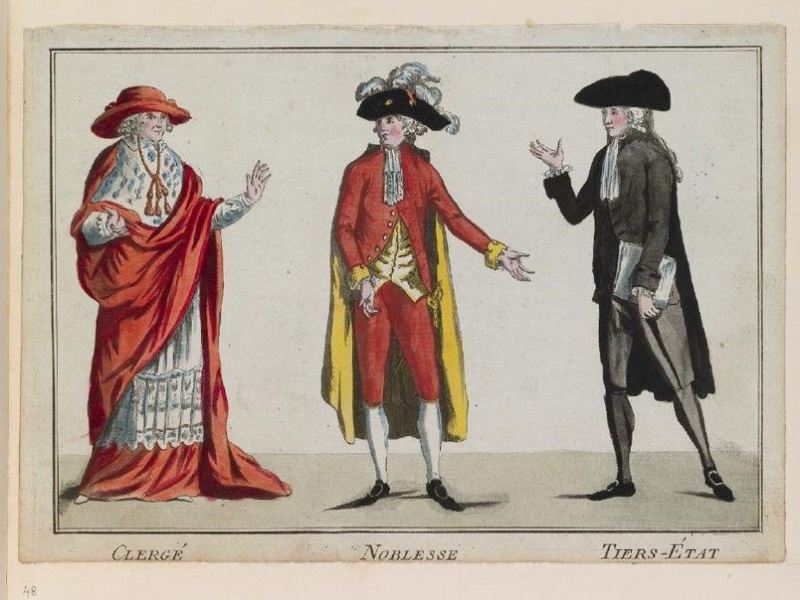
Photo: pinterest 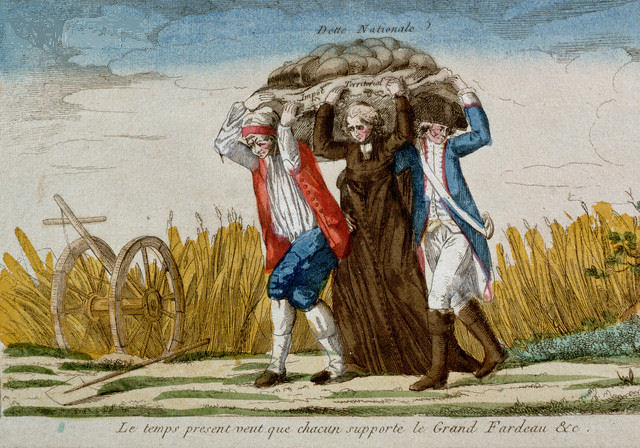
Photo: alphahistory -
The aristocrats and clergy were mostly exempt from taxation under the Ancien Régime, whereas the commoners, notably the peasantry, suffered disproportionately high direct taxes.
The clergy, or the First Estate, possessed 10% of the land in France, but accounting for less than 0.5 percent of the population. It was extremely wealthy and did not pay any taxes. It had various benefits, including the ability to collect tithes. Tithes were a levy of one-tenth of annual output or earnings collected for the Church's upkeep. The nobles, or the Second Estate, possessed around a quarter of the land. They were not required to pay taxes and were permitted to collect dues from peasants.
The Third Estate, on the other hand, was required to pay high taxes while the other two were exempt. Peasants paid a land tax to the state (the taille) and a 5% property tax in the decades leading up to the French Revolution. Depending on the taxpayer's status, they all paid a tax based on the number of persons in the family (capitation) (from poor to prince). Peasants owed their landlords cash rent, a payment based on their annual produce, and fees on the use of the nobles' mills, wine presses, and bakeries.
All of this weighed heavily on the Third Estate, prompting them to challenge the unjust Estates System and plot its downfall.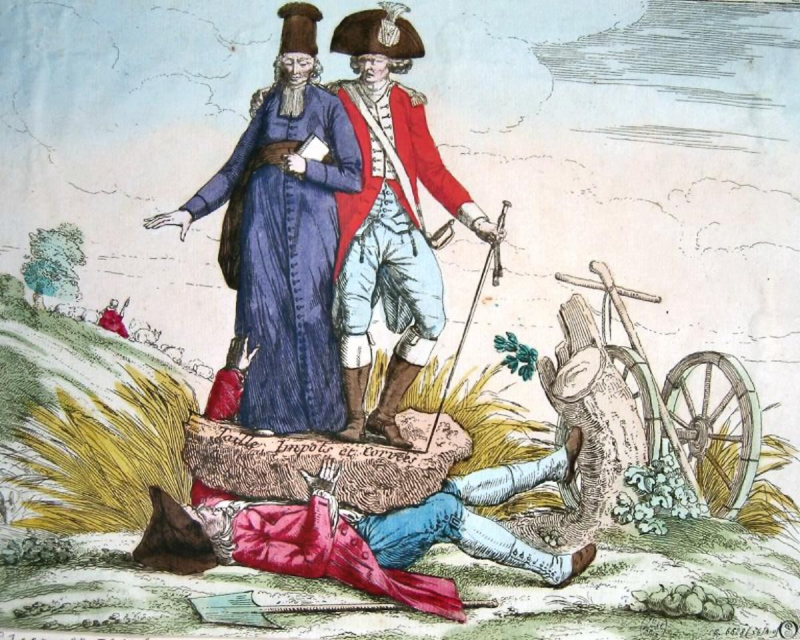
Photo: pinterest 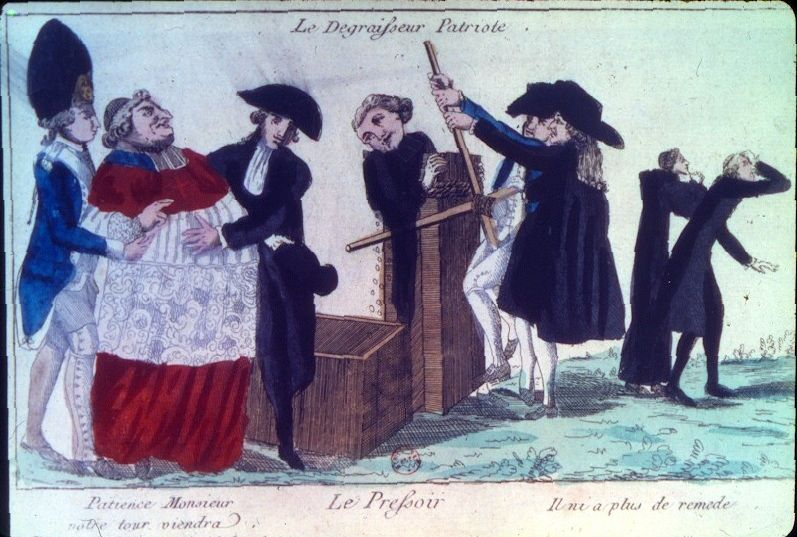
Photo: pinterest -
The bourgeoisie arose as a class of rich middlemen who connected producers during the early modern period. Despite only accounting for 7.7% of the population, the bourgeoisie had a crucial role in the French economy, accounting for 39.1% of national GDP. They were members of the Third Estate during the Ancien Régime, as they were neither clergymen (the First Estate) nor nobility (the Second Estate).
Throughout the seventeenth and eighteenth centuries, this quest for a higher social standing resulted in a high rate of bourgeois admission into the Second Estate. Several variables made this possible. Many aristocratic families married bourgeois families because of their poverty; the nobility got bourgeois money, while the bourgeoisie gained noble status. In order to obtain funds, several government offices and posts were auctioned. The bourgeoisie bought these posts and therefore became ennobled; by 1765, this practice had ennobled almost 6,000 households. The nobles were enraged that this bourgeoisie was entering their ranks (despite often having been bourgeois themselves one or two generations prior), and the bourgeoisie was enraged that the nobles were trying to prevent them from ascending and being scornful even when they did ascend. As a result, the rise of the bourgeoisie was one of the major causes of the French Revolution.
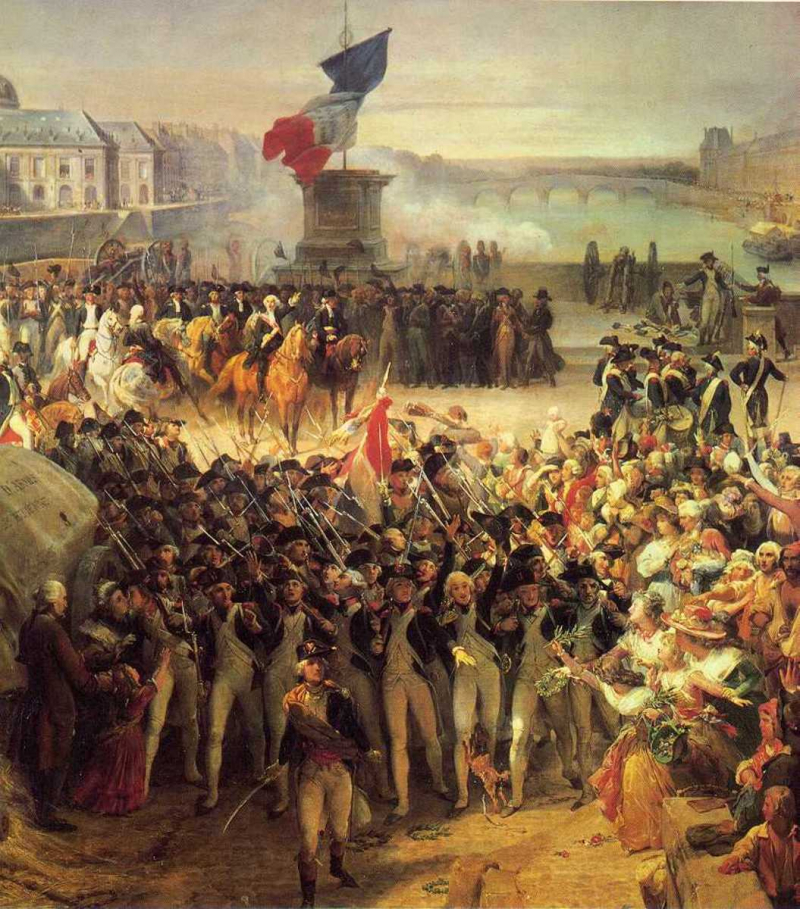
Photo: soapboxie 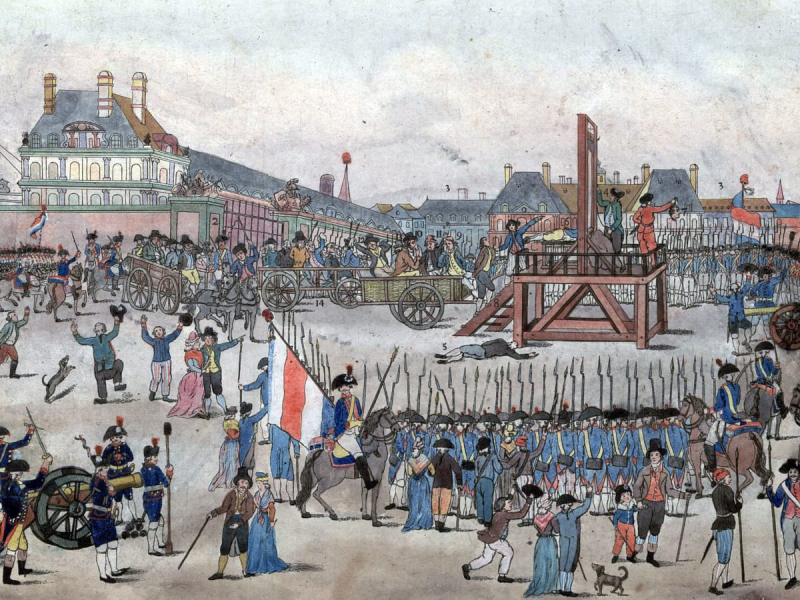
Photo: history -
In both Europe and the English colonies in America, the Enlightenment era brought about a succession of significant developments. The concepts of the Enlightenment had a significant influence on the French Revolution. The Enlightenment philosophers' primary ideas, in particular, had the most influence.
The first is natural rights, which, as stated by John Locke, had a significant impact on the revolution. Natural rights were the cornerstone of France's Declaration of the Rights of Man, a human rights manifesto written during the French Revolution. The social contract notion was used in both the American and French Revolutions. The social contract notion offered people a justification to depose their monarchs in both revolutions. Because of this argument, the French people concluded that their monarchy was violating the social compact and abolished it in favor of a republic.
The third is a power balance: Montesquieu's doctrine of the separation of powers had a role in these revolutions as well. Because of how the First and Second Estates abused the peasants of the Third Estate, the king and three estates were removed from power in France.
Separation of Church and State: Religion played a significant influence during the era of absolute monarchy. It was frequently used by the people as a form of control. The French Revolution's founders were well aware of this and made efforts to ensure that it did not happen again. In France, all religions were eventually given both civil and political rights.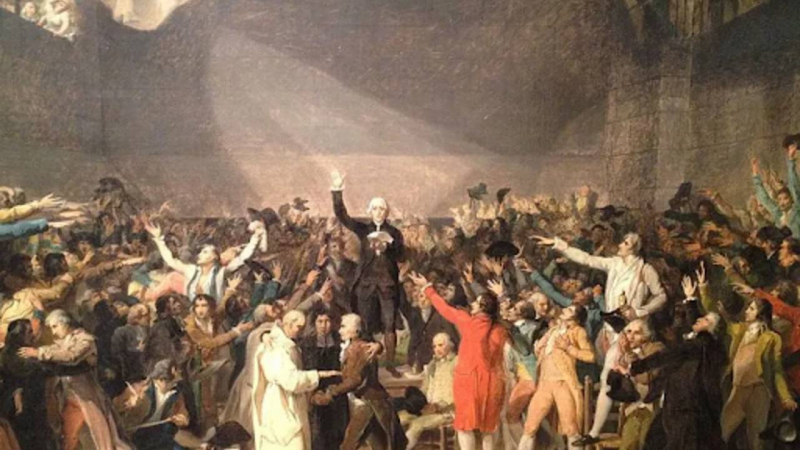
Photo: studentsofhistory 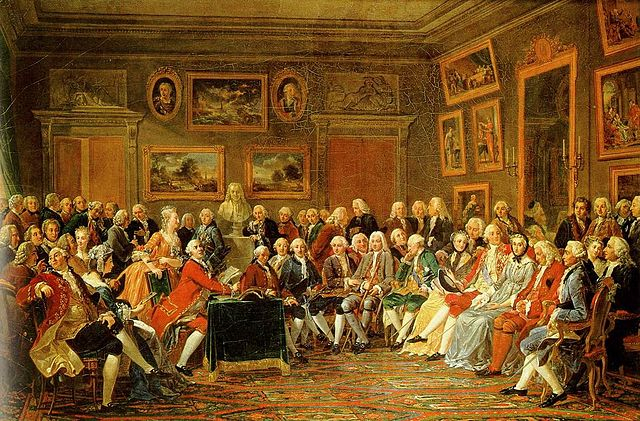
Photo: wikipedia -
Throughout the 18th century, France was involved in a number of costly wars, most of which were fought against its long-term rival, Great Britain. The Seven Years' War between France and Britain was lost by Louis XV, who governed from 1715 to 1774. He then devised a strategy to avenge the defeat by expanding his navy and forming an anti-British alliance of friends. This, on the other hand, just resulted in a mound of debt. Following Louis XV's death in 1774, his grandson, Louis XVI, drew France into the American War of Independence against Britain. Despite the fact that the United States won the war, France reaped the little benefit. The cost of French backing for the war was 1.066 million French livres, a large figure at the time. This worsened the economic crisis in the nation and pushed it toward bankruptcy.
The Court was heavily in debt, which combined with a failing financial system resulted in a disaster. Because the Crown couldn't find any more willing lenders to service the debt, Louis attempted to enlist the help of the nobility through an Assembly of Notables. The nobles, however, refused to aid because their authority and influence had been slowly dwindling during Louis XIV's reign, and Louis was obliged to rely on the Estates-General. This meant that the disgruntled Third Estate (affected by poor policy and low living standards) were given the opportunity to air their grievances, and when they did not receive a satisfactory response, the Revolution began in earnest; they denied the King's authority and established their own government.
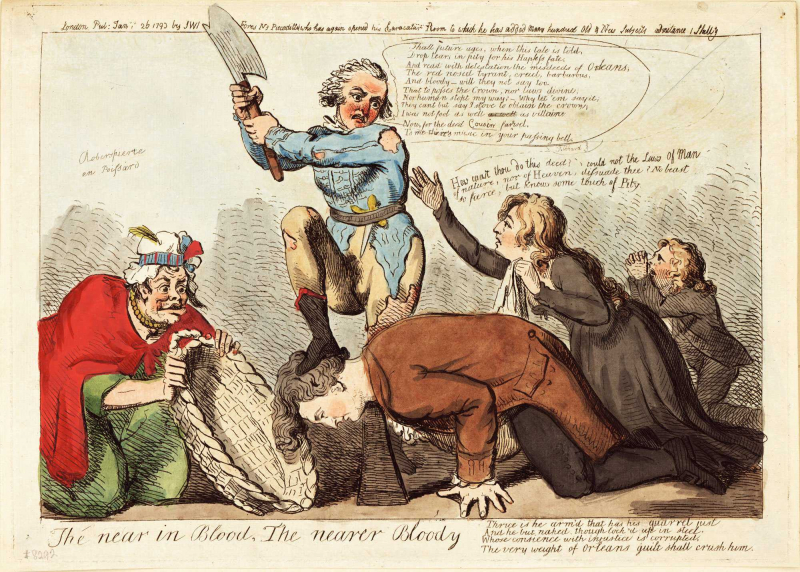
Photo: pbs.org 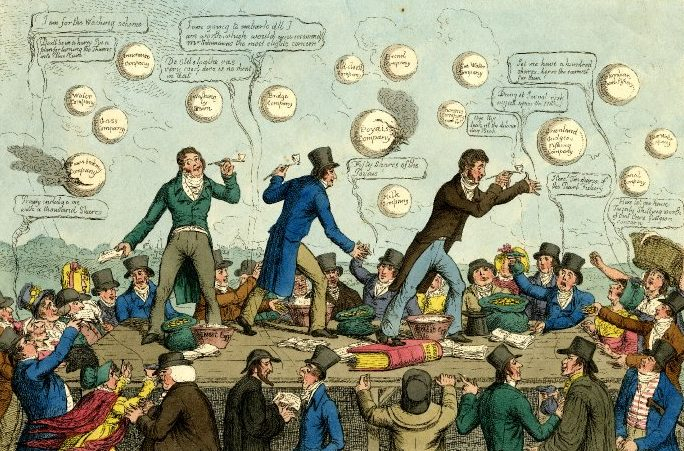
Photo: americanaffairsjournal -
The Laki volcano in Iceland erupted in June 1783, blasting volcanic ash high into Europe's atmosphere. This resulted in a harsh winter across Europe in 1784, as well as significant droughts that resulted in poor harvests and starvation in the summers that followed.
In 1787 and 1788, France was hit by a second round of bad crops, this time accompanied by harsh winters. A decade of drastic weather and poor harvests took a toll on France's poor peasants, who were trying to make ends meet on a daily basis. As a result, bread costs increased in tandem with pay decreases. There was a 25% drop in real salaries and an 88 percent increase in the price of bread in 1789 alone.
These immediate difficulties heightened resentment of the underlying problem of land distribution inequity, in which peasants made up roughly 80% of the French population yet owned only 35% of the land. They were to pay a variety of dues to their noble landlords, including levies that were frequently excessively expensive in comparison to their income. Poor harvests had a much harsher impact on Paris, which played a major role in the formation of the sans-culottes, whilst rural peasants could at least support themselves with their farms. The peasants' difficulties enraged them to the point of revolt.
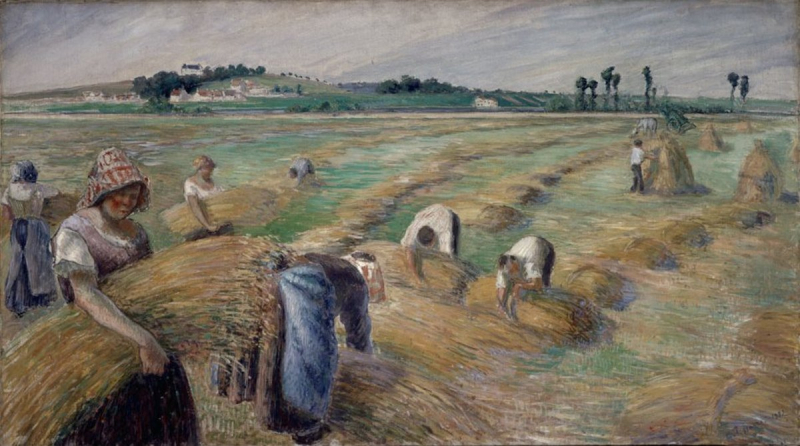
Photo: discover.hubpages 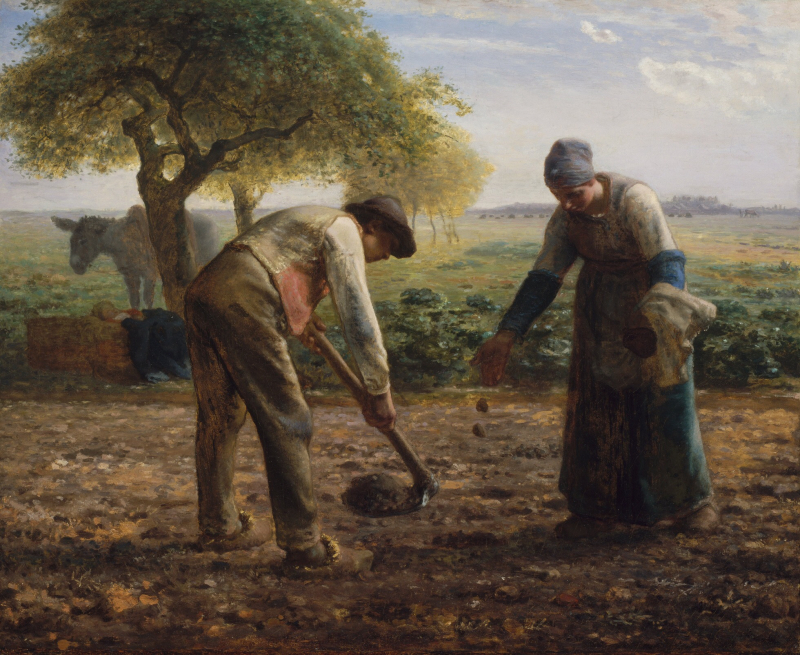
Photo: undsoc.org -
Bread shortages played a role in fanning animosity at the monarchy, however the French Revolution was clearly driven by a number of issues more complicated than the price of bread. "Let them eat cake!" is an apocryphal remark attributed to Marie Antoinette in response to her subjects' lack of bread. It symbolizes how food might become a flash point in French history.
In the French city of Lyon, riots erupted in 1529 due to poor grain harvests. Thousands robbed and burned the homes of wealthy inhabitants during the so-called Grande Rebeyne (Great Rebellion), dumping grain from the municipal granary onto the streets.
In the 18th century, things only grew worse. The king had been advised by Physiocrats, a group of economists who believed that a nation's wealth was primarily derived from the value of land development and that agricultural products should be expensive, since the 1760s. The crown had sought sporadically, under their counsel, to deregulate the domestic grain trade and impose a type of free trade.
It was a complete failure. Food shortages and excessive prices sparked a popular uprising in the Paris Basin towns and villages in late April and early May 1775. In just over three weeks, there were over 300 riots and grain pillaging excursions reported. The Flour War was the name given to a wave of public protests. The rioters invaded Versailles before spreading into Paris and outward into the countryside.A variety of causes contributed to the escalation of the issues in the 1780s. There had been a massive increase in population (France had 5-6 million more people in 1789 than in 1720) without a corresponding increase in native grain output. Another important difficulty was the French people's refusal to consume anything other than a cereal-based diet. Bread was approximately 60-80 percent of a wage earner's family's budget in the Ancien Régime, thus even a slight increase in grain costs may cause difficulties.
So we can say that the rise of the cost of bread is one of the major causes of the French Revolution, but it did not put an end to French concerns about bread. The Constituent Assembly entirely deregulated domestic grain markets on August 29, 1789, barely two days after finishing the Declaration of the Rights of Man and Citizen. Fears of speculation, hoarding, and exportation arose as a result of the change.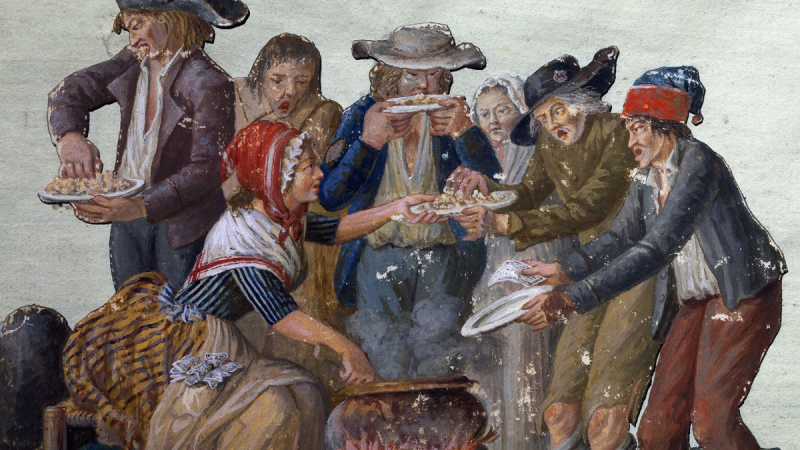
Photo: history 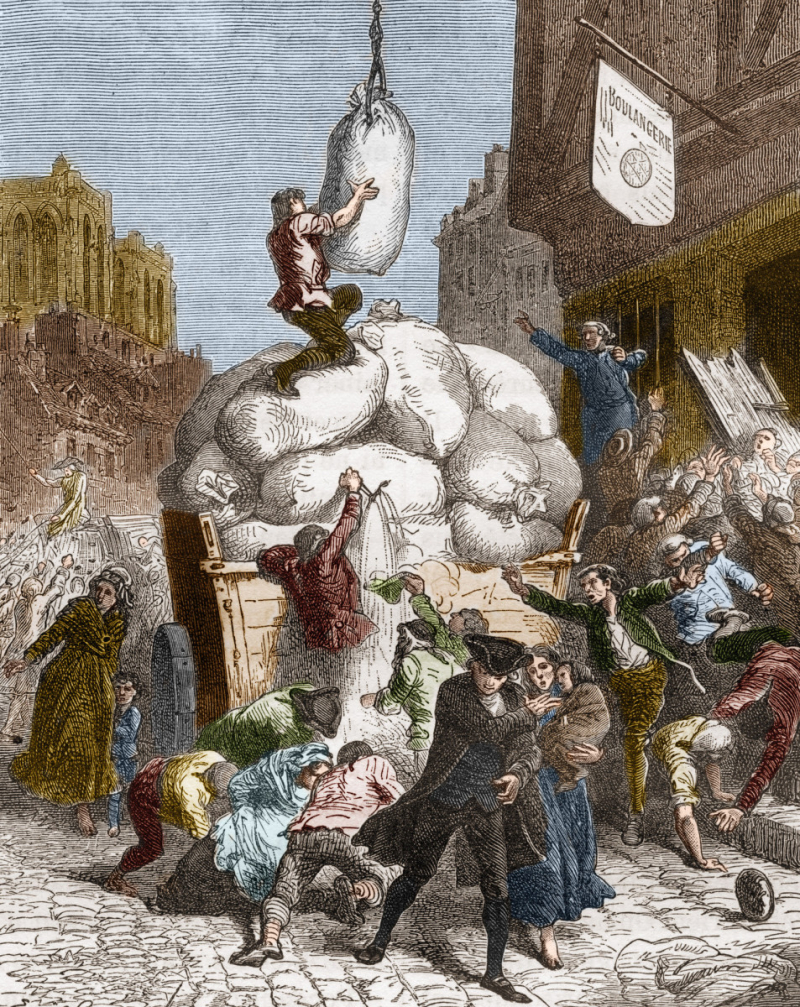
Photo: history -
The monarchy in France, as in most other European countries, was founded on the divine right of monarchs. As a result, he was not accountable to his subjects. The public, on the other hand, was influenced by Enlightenment intellectuals' philosophies.
Louis XV was unable to resolve France's financial problems. In court, he was unable to reconcile the opposing parties in order to reach a consensus on economic measures. Louis XV was less interested in ruling, and the monarchy's power declined throughout his reign. His reign was characterized by stagnation, foreign policy setbacks, and growing popular discontent with the monarchy, according to historians. His escapades with a slew of mistresses also tarnished the company's image.
Louis XVI then attempted but failed badly to enact major reforms. The people were enraged by the country's bad economic situation, and they began to criticize their ruler. Furthermore, both Louis XV and his grandson were aware of anti-monarchist movements endangering their family's rule, but they were powerless to intervene. It was the ineffective and reasonable rule of these two kings that aroused resentment in the hearts of the people, and they decided to revolt.
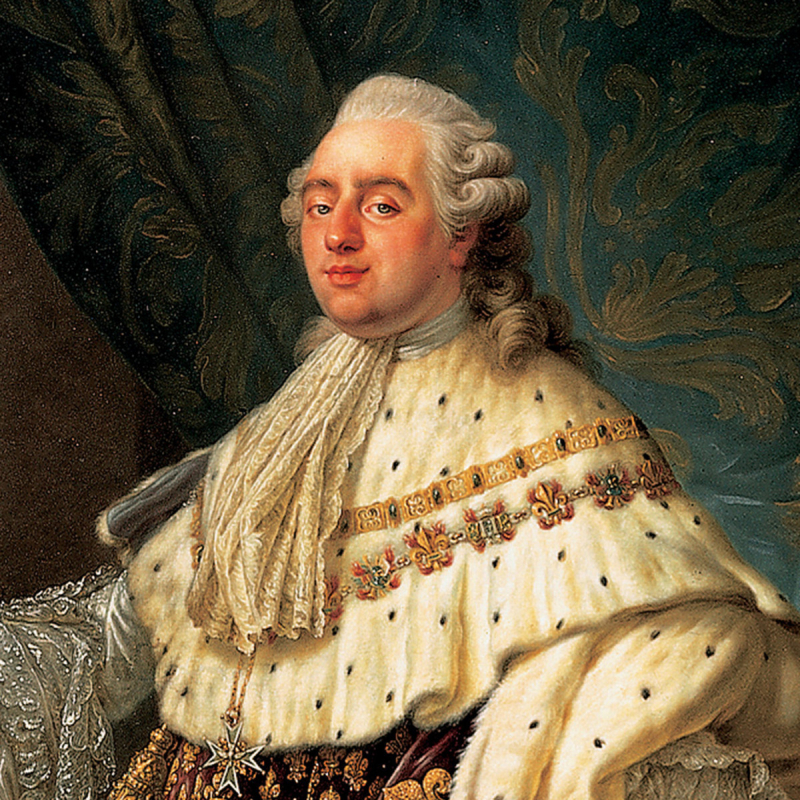
Photo: biography 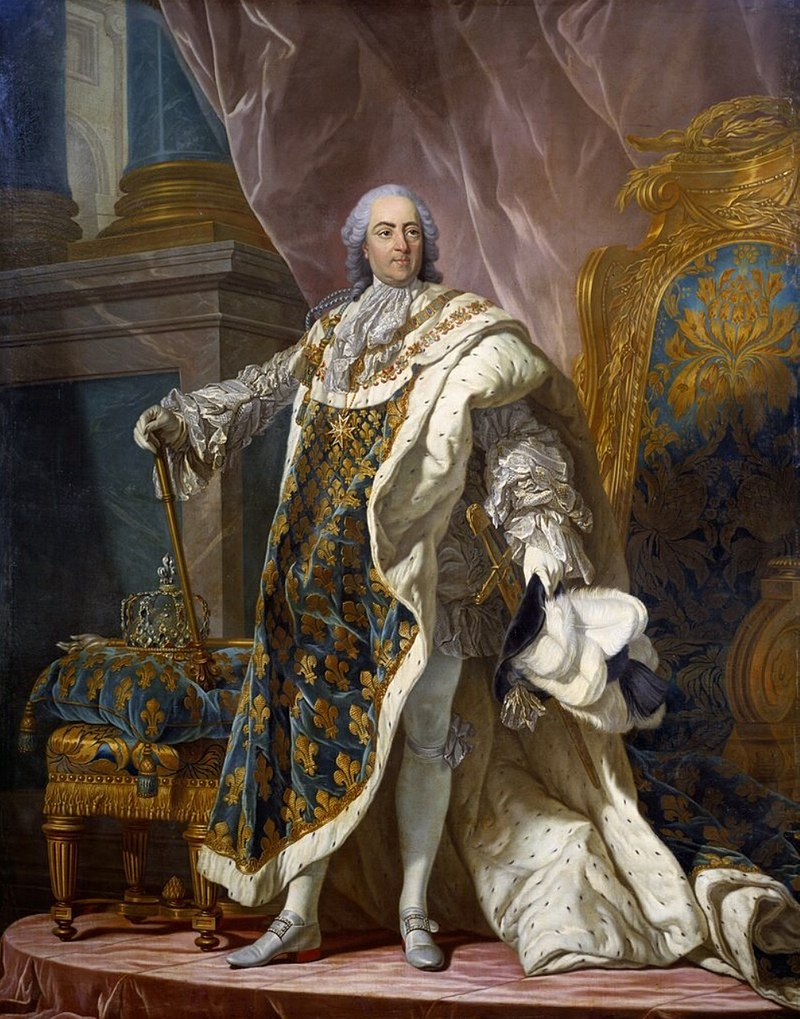
Photo: wikipedia -
The struggle with the parlements had escalated to the point where Louis XV was eventually prodded into a burst of absolutist zeal in 1770. On January 19, 1771, the Paris Parlements, which had ventured to criticize Terray's financial reform, were abolished. Maupeou was subsequently given the authority to form a new set of parlements, with appointed judges who were devoid of administrative and political power.
Several French ministers, notably Anne Robert Jacques Turgot and Jacques Necker, sought tax reforms that would include nobility as taxpayers. This may have helped to alleviate the country's financial difficulties, as well as the poor's rage, as the tax system would have become more equitable.
In France, a parlement was a provincial appeal court. They weren't legislative bodies; instead, they were made up of appellate judges. The parlements were at the forefront of the nobility's opposition to royal reforms, preventing any tax reform that might benefit the nobility.
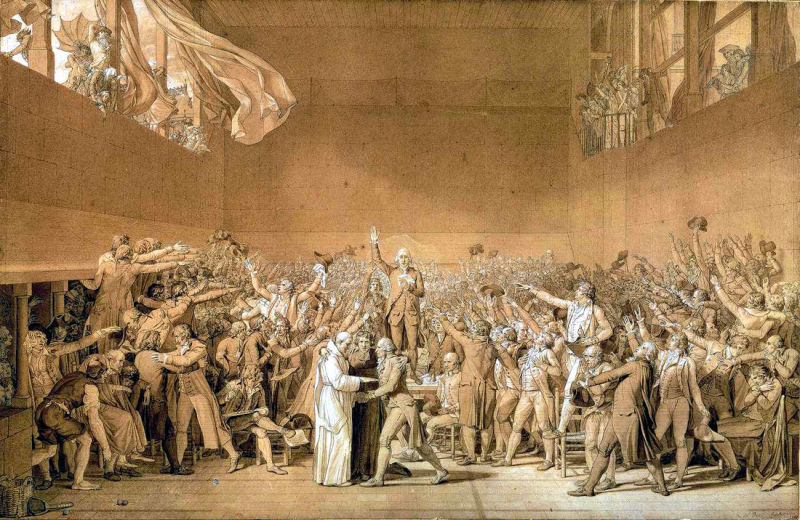
Photo: historycrunch 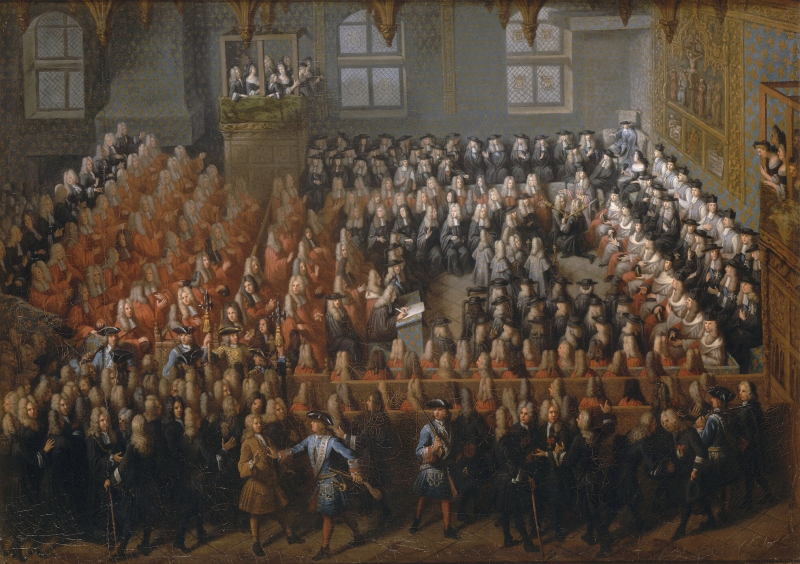
Photo; wikipedia -
The extravagant expenditure on luxuries by Louis XV and then Louis XVI exacerbated the nation's economic predicament and was one of the key causes of the revolution.
The creation and refurbishment of the Palace of Versailles, for example, cost the country a lot of money in the 17th and 18th centuries. These huge expenditures by the French monarchy sparked discontent among the people, who came to see the monarchy's officials as wasteful while they suffered as a result of the country's bad economic situation. Under the reign of these two kings, not only did they not help the development of the country, but they also made the people bear a huge debt, causing social inequality with unreasonable policies. This has aroused displeasure in the hearts of the people, and they are determined to rebel and fight for their rights, what they deserve.
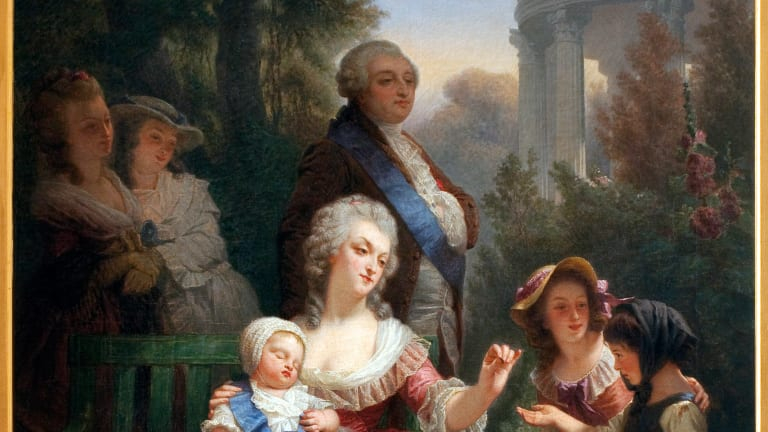
Photo: biography 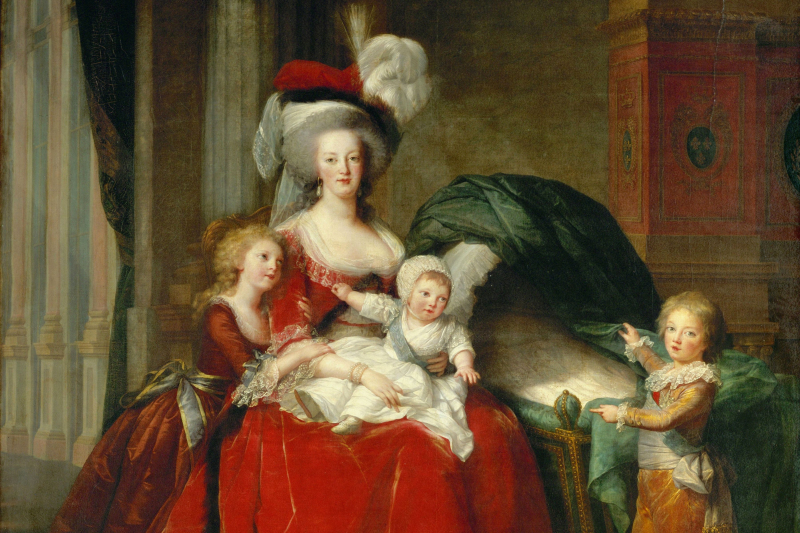
Photo: thoughtco












